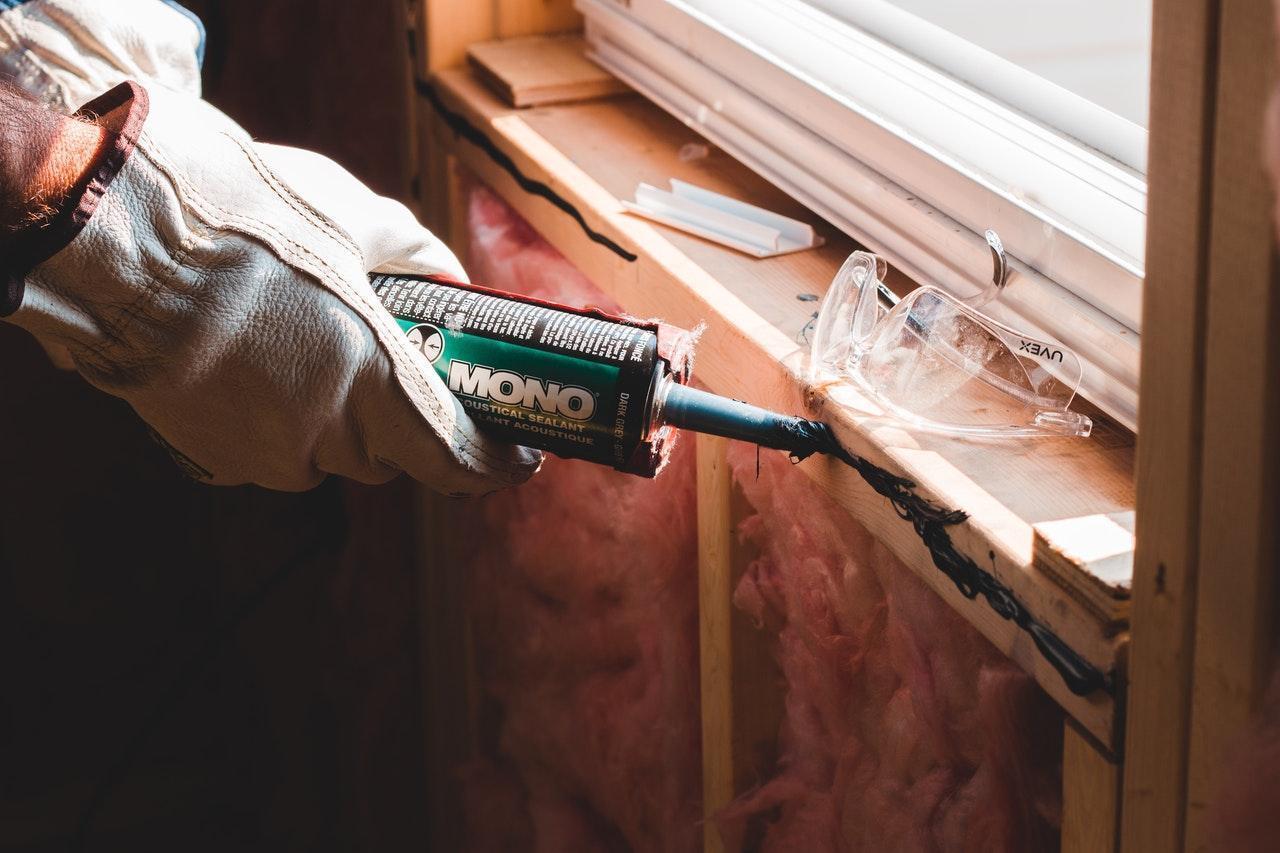DIY Tips: What Are The Right Types Of Caulks For The Job?
Choosing the correct types of caulks can be difficult if you don’t know what you’re supposed to be looking for. A recent survey of DIY confidence in the UK found that 85% of respondents had tried their hand at painting and decorating, and with so many of us adding our finishing touches to our interiors, it’s important to get the caulk right, too.
Types of caulks
This guide will list the types of caulks you’re most likely to see for sale and outline their intended uses.
Pure silicone caulk
Silicone sealant offers a quick and easy solution to a variety of household repairs, particularly in the bathroom. It copes extremely well with humidity, making it a fantastic choice to be used around sinks, baths, and toilets.
Acrylic latex caulk
Also known as decorators caulk, this one is used to seal visible gaps around the house, particularly those near doors and windows. As this sealant is easy to apply and paint, it’s subtle enough to use anywhere in the home without making an unsightly addition to your décor.
This all-purpose caulk can be used for a huge variety of household tasks, is affordable and easy to find in shops, and is known to solidify – or cure – in as little as an hour.
Rope caulk
Unlike most other types of caulks, rope caulk comes in firm, rope-like rolls that can be cut off or torn to any preferred length. If you’re planning on weather-stripping your windows to conserve energy and save on your heating bills, you’ll also need to learn how to use a caulking gun to get the job done safely.
Adhesive caulk
Adhesive caulk works like an extremely strong glue between two surfaces, simultaneously creating a sealing joint. It’s intended to hold two surfaces together to allow a joint to be sealed.
Fortunately, most adhesive caulks are adhesive to mould and mildew, making them durable in damp environments. However, as they’re so sticky, it can be incredibly difficult to clean up any spills – so it’s worth knowing how to remove old caulk.
Butyl rubber caulk
This specialist caulk is mostly used for metal and joints highly exposed to movement. You might also find it used for roofs and building foundations thanks to its incredible durability, flexibility, and all-around resistance.
Refractory caulk
Also called fireplace caulk, this one is resistant to high temperatures and can be used in your fireplace and around chimneys.
Final words
If you still haven’t found the right caulk for the job, talk to an expert to help you realize your DIY visions soon.




